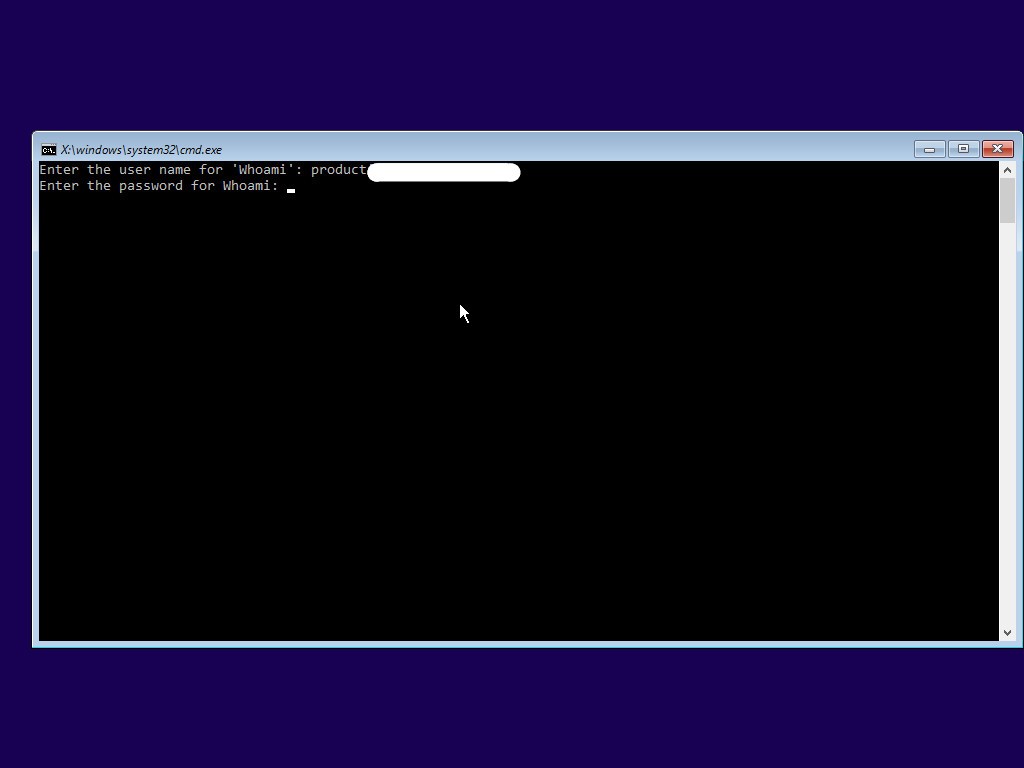
In this case the setup is based on the use of the 192.168.23.xxx IP range, and the device which is to boot has a fixed Ip-address (192.168.23.2) based on its MAC address validation. Beware not to forget the semicolons (“ ”) at the end of lines. Hereby substituting IP and MAC address as needed. The below lines needs to be added to the default file. To configure the dhcp server you need to edit the /etc/dhcp3/nf file. The setup in this case is basic, and only utilizes one wired interface (eth0), and the file looks like this: Separate multiple interfaces is done with adding simple spaces, e.g. This method of booting was created way back in 1999 and as long as the computer in question is connected to the network (and supports this standard), it is.


You need to decide on what network interfaces the DHCP server (dhcpd) is supposed to serve DHCP requests? First list available interfaces with ifconfig then edit the line in /etc/default/dhcp3-server file. PXE (Pre eXecution Environment), affectionately pronounced Pixie (as in fairy dust), is a method of having an end computer (client) boot using only its network card. Verify that inetd is listening on the right port: # and to start the installation process for some operating systems.ĭon't forget to check if the tftp directory /var/lib/tftpboot was created correctly (add it if it hasn't already been created).Įdit /etc/default/tftpd-hpa to show the following: # workstations, download configuration files to network-aware printers, \ The tftp protocol is often used to boot diskless \ Setting netboot clients up on the same subnet as the netboot server in a 'mixed' network is in some ways trickier than setting them up on a routed network imho, as on a routed network you can just nominate the mac server as a DHCP helper on your router/layer 3 switch and this will make sure the netboot server will see the client requests. # description: The tftp server serves files using the trivial file transfer \ Or, if your box runs xinetd (check for /etc/nf and /etc/xinetd.d/tftp), then add following, or comment out the disable item.

#HOW TO NETBOOT WINDOWS DRIVER#
You only need one network driver, either a packet driver or an NDIS driver.
#HOW TO NETBOOT WINDOWS DRIVERS#
Tftp dgram udp wait root /usr/sbin/in.tftpd /usr/sbin/in.tftpd -s /var/lib/tftpboot NDIS drivers for Windows-95/-98 or Windows-NT/-XP (version 3.x of the NDIS specifi- cation or above) are not usable with netboot. The Boot Agent supports PXE and RPL in pre-boot, Windows, and DOS environments. To chheck the setup of the tftpd server via nf, either confirm or add the following line in /etc/nf: TFTPd is typically run as needed, by inetd or xinetd.


 0 kommentar(er)
0 kommentar(er)
